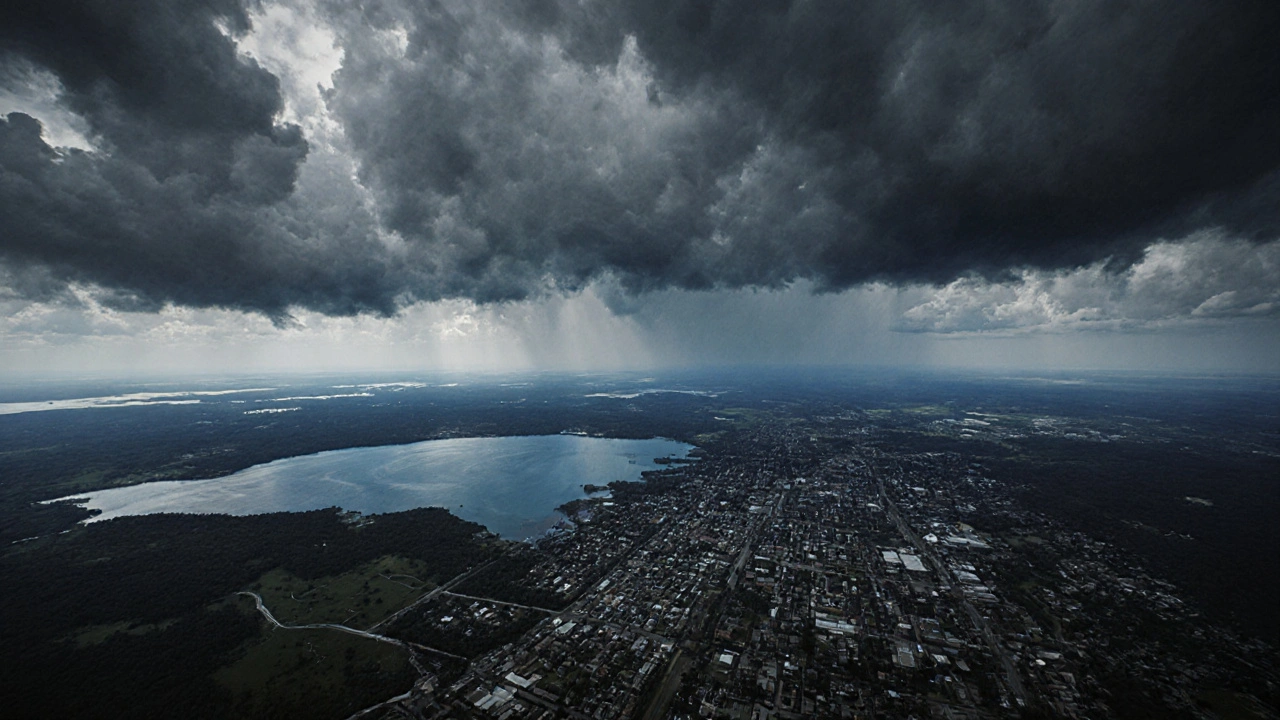Kissimmee storm preparedness: Your Essential Guide
When talking about Kissimmee storm preparedness, the set of actions and plans residents use to protect lives and property during severe weather events. Also known as Kissimmee storm readiness, it covers everything from early warnings to post‑storm recovery. This effort often includes related concepts like hurricane safety, practices that reduce risk when a hurricane threatens the area, a well‑crafted evacuation plan, a step‑by‑step route and shelter strategy for families and pets, and robust home protection, measures such as shutters, roof ties, and flood barriers. Together they form a safety net that keeps Kissimmee residents prepared for any storm.
Key Steps for Effective Storm Readiness
First, understand that Kissimmee storm preparedness starts with knowing the local hurricane risk. Central Florida sits in the Atlantic hurricane belt, so storms can bring high winds, heavy rain, and tornadoes. Familiarize yourself with the latest season forecasts and the specific threats each storm brings. This knowledge influences every other part of your plan, from the type of home protection you install to the timing of your evacuation.
Second, build a solid evacuation plan. Identify at least two routes out of your neighborhood, accounting for possible road closures. Choose a designated shelter—whether it’s a public hurricane shelter, a relative’s home out of the flood zone, or a hotel with a solid structure. Include pets in the plan, noting where they can stay safe and how you’ll transport them. Practice the route with all household members so everyone knows what to do when the alert sounds.
Third, reinforce your home. Install impact‑resistant windows or hurricane shutters to keep wind‑driven debris out. Secure roof tiles and reinforce garage doors, as they’re often the weakest points. Elevate valuable appliances and electrical panels if you live in a flood‑prone area. These measures dramatically lower the chance of costly damage and make insurance claims smoother.
Fourth, stay on top of weather alerts. Sign up for local emergency notifications via the County Office of Emergency Management, download the FEMA app, and enable NOAA alerts on your phone. Reliable alerts give you precious minutes to activate your evacuation plan or secure your home. Remember that alerts can change quickly, so keep a battery‑powered radio handy for power‑outage periods.
Lastly, create a practical emergency kit. Pack enough non‑perishable food, water (one gallon per person per day), medications, flashlights, spare batteries, and a first‑aid kit for at least three days. Include important documents—IDs, insurance policies, and medical records—in a waterproof container. A well‑stocked kit reduces stress and helps you stay self‑sufficient if utilities are down.
All these pieces—hurricane safety knowledge, a clear evacuation route, fortified home structures, real‑time alerts, and a stocked emergency kit—interlock to form a comprehensive storm‑ready strategy. By tackling each area, you turn vague concern into concrete action.
Below you’ll find a curated collection of articles that dive deeper into each of these topics, offering detailed how‑tos, local resources, and real‑world examples to help you fine‑tune your Kissimmee storm preparedness plan.
- October 22 2025
- 15 Comments
- Lucas Harrington
Is Kissimmee Safe During Hurricane Season? 2025 Guide
Learn how safe Kissimmee, Florida is during hurricane season, understand the risks, and get practical steps to stay protected in 2025.
- Kissimmee Florida (24)
- Florida travel (24)
- Disney World Vacations (23)
- Crypto & Blockchain (10)
- Information & Privacy (5)
- Blockchain & Cryptocurrency (4)
- Disney Parks & Tips (3)
- Disney History (3)
- Travel (2)
- Travel Tips (2)
Categories
- December 2025 (16)
- November 2025 (41)
- October 2025 (16)
- September 2025 (6)
- August 2025 (3)
- July 2025 (3)
- June 2025 (2)
- May 2025 (2)
- April 2025 (1)
- March 2025 (6)
- February 2025 (11)
- January 2025 (1)
Archives
- Florida beaches
- Disney World
- Florida
- Kissimmee
- Florida travel
- Kissimmee demographics
- Disney World tips
- Disney vacations
- Disney 100
- theme park tips
- Disney celebration
- tourism
- Kissimmee Florida
- Disney secrets
- Disney history
- travel
- Disney World crowd calendar
- Disney World cost
- Disney World budget
- Kissimmee cost of living

